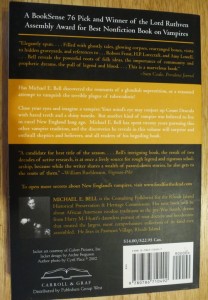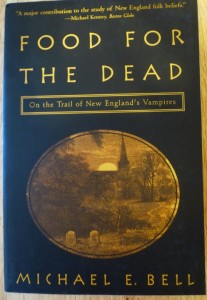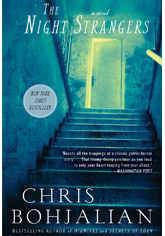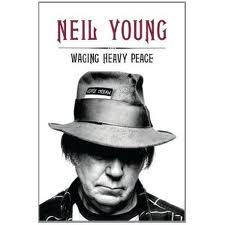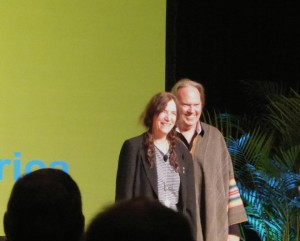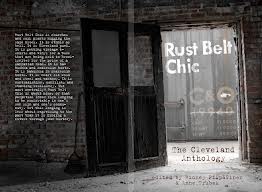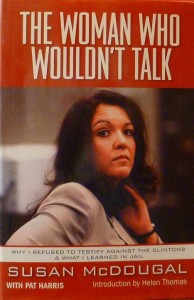Reading Great Books with Will Schwalbe
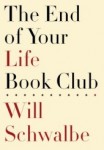 Great to see that friend and author Will Schwalbe‘s new book The End of Your Life Book Club is having a great roll-out. Last May, Will published a Mother’s Day Op-Ed in the NY Times, after which I wrote a post called Savoring Great Books with a Dying Parent. In part it reads,
Great to see that friend and author Will Schwalbe‘s new book The End of Your Life Book Club is having a great roll-out. Last May, Will published a Mother’s Day Op-Ed in the NY Times, after which I wrote a post called Savoring Great Books with a Dying Parent. In part it reads,
“It opens with Will and his ailing mother in a medical office awaiting a chemotherapy appointment. He asks her what she’s reading–it’s Wallace Stegner’s aptly titled Crossing To Safety. “It was a book that I’d always pretended to have read, but never actually had. That day, I promised her I’d read it.” Soon, over the months of treatment and convalescence until her passing, they find mutual comfort in discussing the books they are reading in a kind personal book club all their own.
It’s touching story, and as I read the column I found myself in Will’s place, glad for the solace provided by these books and the opportunity for closeness shared reading offered them.
Having operated a family-owned bookstore–Undercover Books in Cleveland, Ohio–and later losing both my parents, Earl and Sylvia, and my brother Joel, I look back on all the books we shared and enjoyed over the years. I just have to look at my home library and dozens of memories and conversations come cascading forth, from the novels alone: Margaret Atwood’s Handmaid’s Tale; Peter Rushforth’s, Kindergarten; Jack Finney’s Time and Again; Mary Tirone-Smith’s The Book of Phoebe; James Crumley’s The Last Good Kiss; Howard Frank Mosher’s Disappearances; Philip Kerr’s March Violets; Ernest Hebert’s Dogs of March. This list could go on indefinitely.
Will’s new book will be out in the fall. I’m eager to read it.”
At the BN Review today, Will’s offering his top three reads of the moment, including J.R. Moehringer’s new novel Sutton, which I am really eager to read. I am also really eager to read The End of Your Life Book Club. Congratulations to Will!

